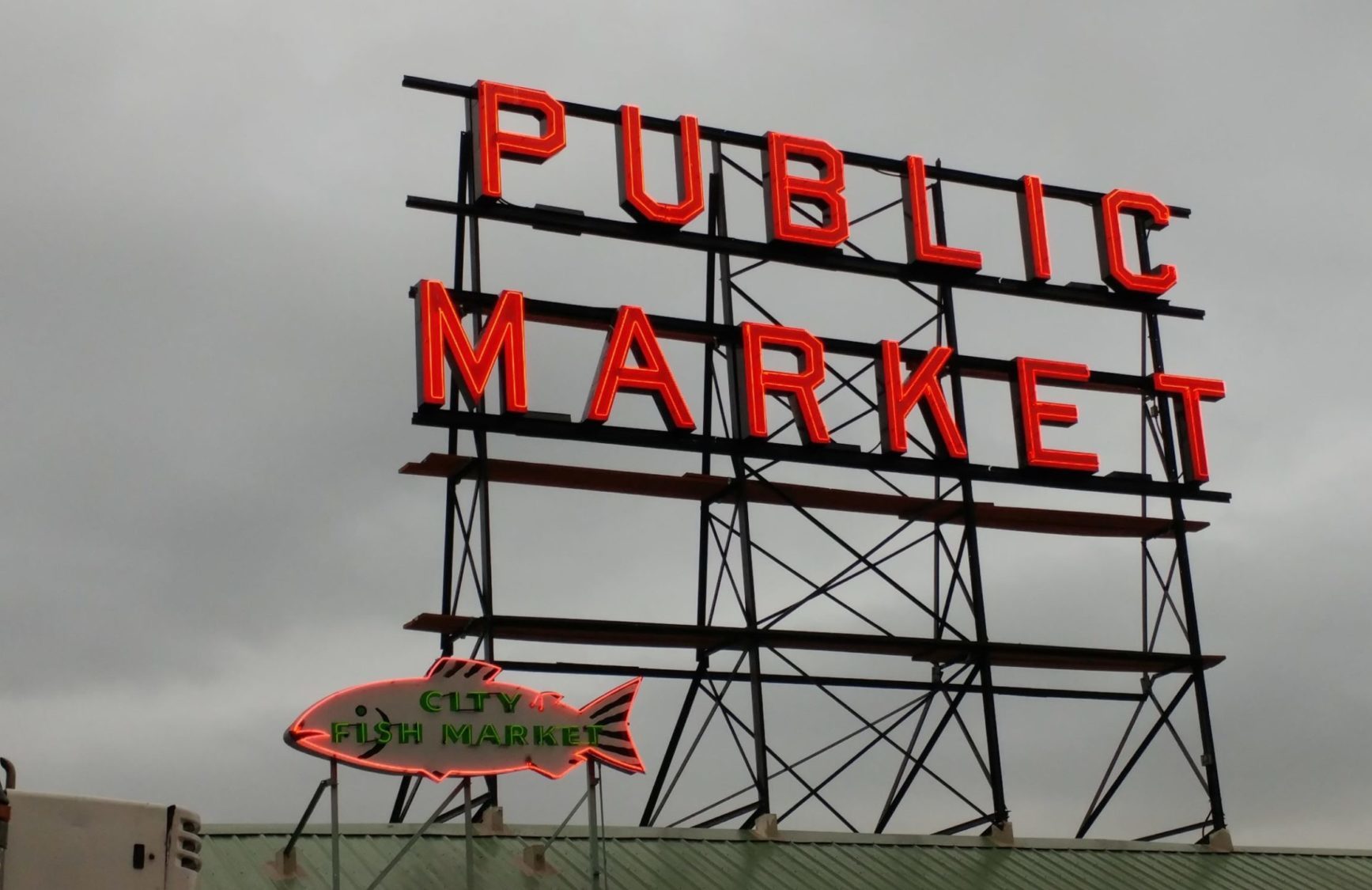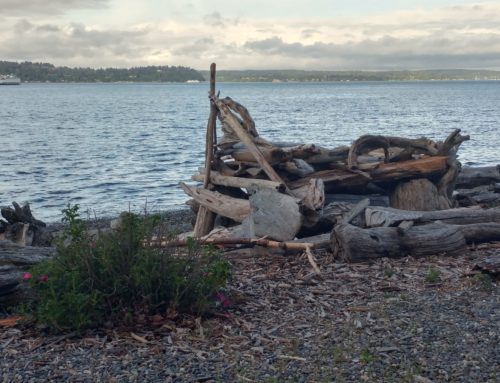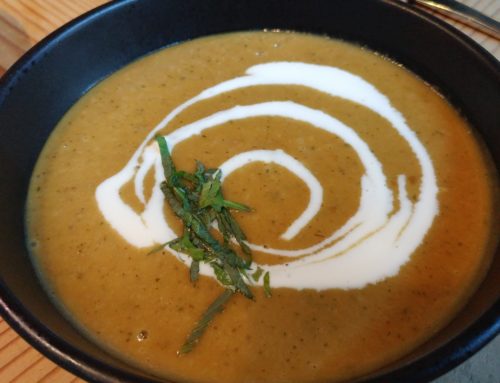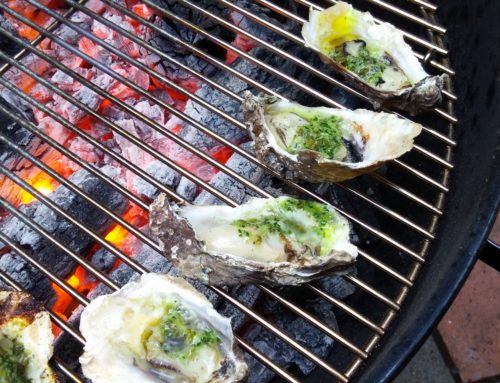It’s impossible to imagine how many times I’ve walked through Pike Place Market over the years. First as a casual observer, a kid from Edmonds hitting the market with family and friends, especially when folks were visiting from out of town. As a recent college graduate working in an office downtown, often swinging through on the way back to my Lower Queen Anne apartment grabbing something to cook for dinner. And countless times since to find fabulous  ingredients, enjoy a meal and simply take in the color/sounds/aromas/character of the place, as one who is proud and thrilled to have this spectacular 113-year-old market in my hometown.
ingredients, enjoy a meal and simply take in the color/sounds/aromas/character of the place, as one who is proud and thrilled to have this spectacular 113-year-old market in my hometown.
The Market has shown up in my writing many times over the years as well, such as in the Northwest chapter I wrote for Culinaria: The United States and among the Northwest content I contributed to Williams-Sonoma Savoring America. It’s been a regular reference in stories and books I write about regional foods, a premium destination for everything from seafood and meat to outstanding spices and cheeses from near and far. I felt pretty conversant in key parts of the Market’s history. That it was founded on August 7, 1907. That there was a coffee merchant roasting beans on-site decades before the first Starbucks opened. And that the Market nearly met with an early demise when the city council in 1969 approved an “urban renewal” project that would have seen most of the Market buildings razed, making room for parking garages, office buildings and other developments. (Sit and ponder that dodged bullet for a moment.)
But, a few months ago, I came to realize how much my knowledge of the Market just skimmed the surface of its rich and complex character. One built over so many decades influenced by countless factors: people and politics, architects and entrepreneurs, civic pride and seamy dives. Asked by HistoryLink.org to  create a self-guided food tour of the Pike Place Market, I relished the opportunity to dive deep and catch up on its fascinating history. I’ve still only scratch a bit below the surface but now have an even greater appreciation for the Market and the extraordinary value it brings to Seattle, not only as a cultural and culinary nexus today, but a place that holds much of this city’s history and personality within its many shops, restaurants and passageways.
create a self-guided food tour of the Pike Place Market, I relished the opportunity to dive deep and catch up on its fascinating history. I’ve still only scratch a bit below the surface but now have an even greater appreciation for the Market and the extraordinary value it brings to Seattle, not only as a cultural and culinary nexus today, but a place that holds much of this city’s history and personality within its many shops, restaurants and passageways.




